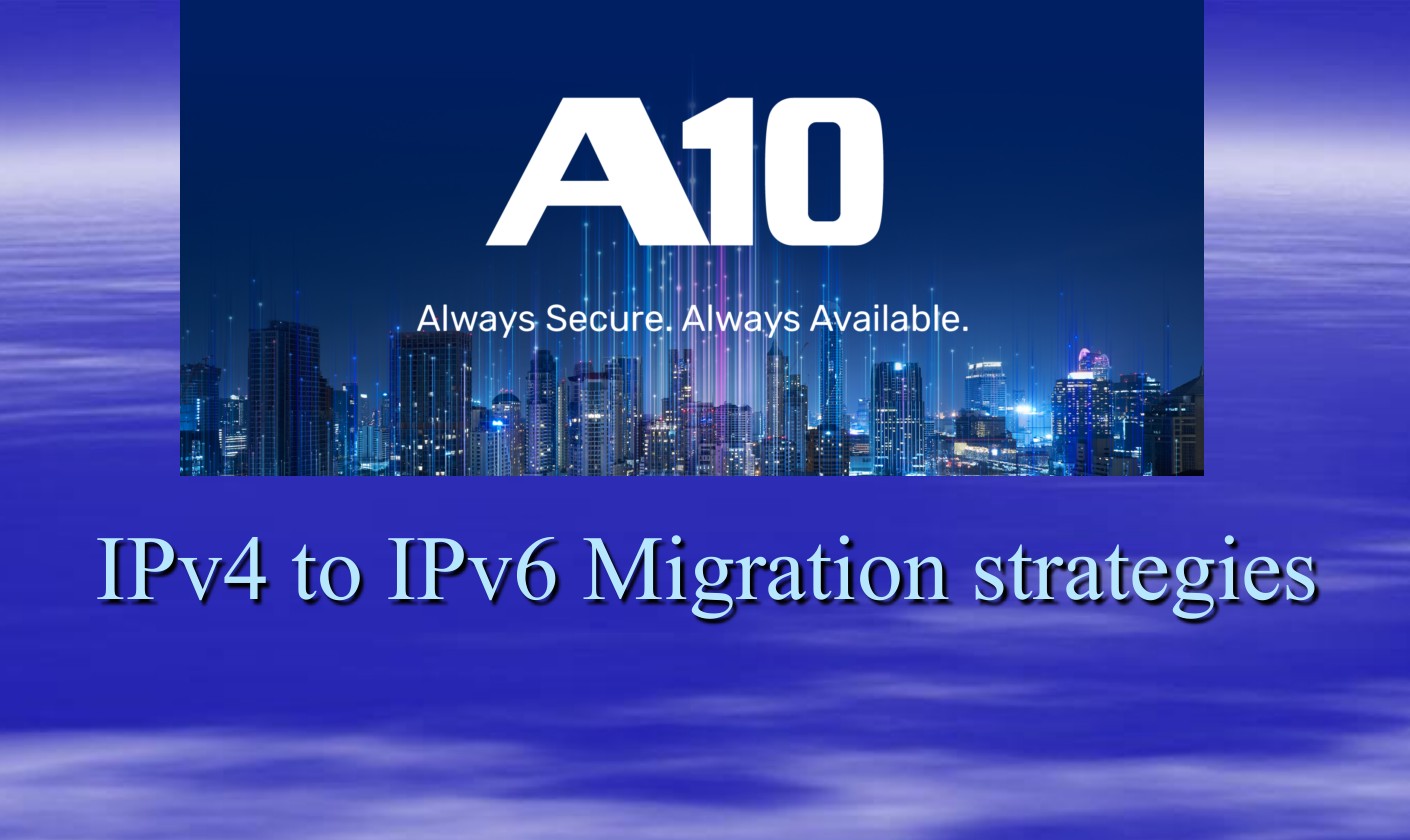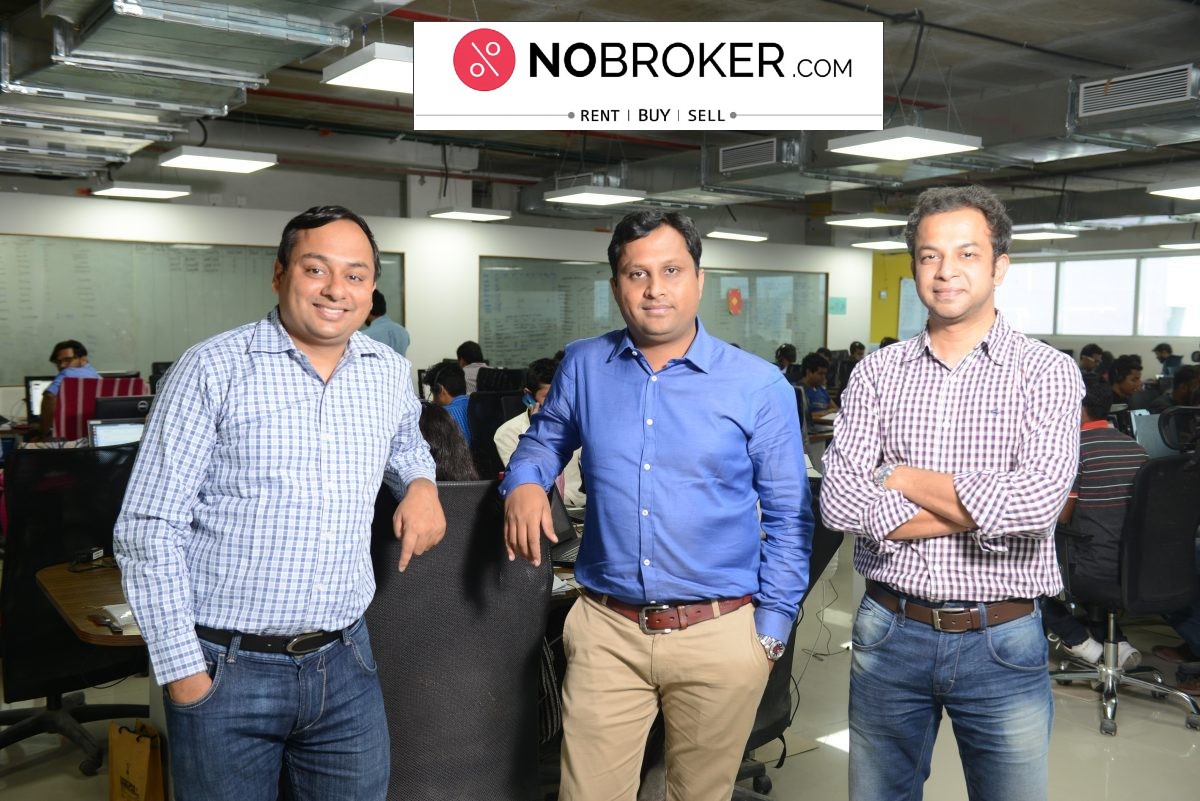A10 introduces five-year estimator to ease forecast uncertainty
IPv4: High Demand, Uncertain Supply, Rising Costs
When regional ISPs begin utilising government funding to expand their network to unserved subscribers, homes, or businesses, they may quickly discover a roadblock they hadn’t calculated into their budgets: they are out of IPv4 addresses.
IPv4 exhaustion has been an industry topic for over 20 years and a technical problem that larger service providers have already addressed through a combination of IPv6, CGNAT, dual-stack and IPv4-IPv6 transition strategies.
However, for many smaller ISPs with limited budget, resources, or prior opportunity for significant subscriber growth, the influx of significant funding may be the first opportunity they have had to reassess the requirements of their core network, including the capacity of their existing IPv4 address pools and a plan to eventually transition to IPv6.
Internet Protocol version 4 (IPv4) is the fourth version of the Internet Protocol (IP). It is one of the core protocols of standards-based internetworking methods in the Internet and other packet-switched networks. IPv4 was the first version deployed for production on SATNET in 1982 and on the ARPANET in January 1983.
A proper five-year business analysis of the pros and cons of IPv4 and IPv6 transition is a daunting task with several significant, but highly unpredictable variables. While the annual number of additional subscribers/homes passed is fairly predictable, the volume and type of traffic to be generated is not.
Also, while additional IPv6 addresses are mostly “free” through regional RIRs, the cost and availability of IPv4 address blocks are governed by hot market supply/demand through third party brokers. Costs have skyrocketed to $60 per IPv4 address in the last year. A reasonable business cost assessment must estimate several highly unpredictable variables:
How much could IPv4 cost in the future?
With a CGNAT solution, how much can I oversubscribe (share) my IPv4 addresses? Does it vary in my mobile network versus my wireline network?
How many total subscribers could be supported with a CGNAT solution before I have to acquire more IPv4 addresses?
These are some of the key factors that must be addressed for any credible analysis.
The A10 IPv4 Address Cost Estimator Tool
A10 recently published a quick assessment tool that allows network analysts and their management to structure some of the uncertainties involved in the analysis of IPv4 costs. The IPv4 Address Cost Estimator is an interactive, online tool that provides three potential IPv4 cost scenarios and estimates subscribers that can be supported based on two different traffic profiles.
All inputs and assumptions behind the model use actual industry data. Using this tool will enable the network analyst to quickly assess the range of IPv4 cost scenarios and get a better handle on how they should move forward. A personalised, deeper assessment is also available through a sales consultation.
IPv4 Exhaustion Creates Rollercoaster Costs
The “free” IPv4 addresses from the Regional Internet Registries (RIRs) have now been fully allocated. Today, almost every block has been assigned to some entity. RIPE (the Regional Internet Registry for Europe, the Middle East and parts of Central Asia) made its last 22-block assignment in November 2019. As a result, IPv4 addresses are in short supply and prices from open market sources have skyrocketed.
In 2021, the open market “price” of an IPv4 address in a 256 address block ( /24) in North America, jumped from a low of $25 each in January to a high of $60 in late November. The price in the first four months of 2022 has hovered between $50 – $55. What would be the expected price for an ISP looking to acquire more IPv4 addresses to sustain growth in the next few years? Will that high growth in price continue for the next five years, or has it now “topped out” and will increase only marginally.
The A10 IPv4 Address Cost Estimator tool provides three reasonable cost scenarios that can be considered for predicting future IPv4 acquisition costs. It then calculates the total cost of acquiring these IPv4 addresses over five years, given the subscriber growth and price scenario chosen.
In these three scenarios, it is assumed that the service provider can expect to pay the average cost, not the highest peak price.
Conservative:
Costs have topped out. The skyrocketing costs of IPv4 addresses have stopped and only small increases (~5%) can be expected over the next five years. By 2026, average price will hit $47.
Moderate: The average cost will increase at the average rate of the last three years (18%) and reach $83 in 2026.
Aggressive:
The average cost will increase 25% annually and will reach $112 in 2026.
There is an additional worst-case scenario that the A10 IPv4 Address Cost Estimator tool does not provide. That is the service provider attempting to quickly acquire additional IPv4 addresses is forced to pay the “peak” price at that moment. If this were the case, the price could start at over $60 in 2022 and grow 25 percent annually to reach $183 in 2026.
Technically, IP addresses cannot be bought or sold. According to the American Registry of Internet Numbers (ARIN), IPs are not purchased or sold but rather exchanged between two organisations. Organizations in possession of RIR-allocated IP addresses essentially transfer the rights to use and register those addresses to other organisations.
IP addresses can be transferred for a one-time fee or leased for a specified period (e.g., monthly). IP addresses are transferred in blocks, usually through a broker and a bidding process. In addition to the costs for the IP blocks themselves, which vary by size of the block and other supply/demand factors, there are RIR transfer fees that vary by RIR.
From “Running Out” to “More than Enough”
CGNAT enables oversubscription of IPv4 addresses. Multiple subscribers can share the same public IPv4 address. As there is a practical limit to how many private IP addresses can be supported by a single public IP address, defining that limit is an open question with many variables.
The amount of oversubscription, or the number of IPv4 addresses required to support the subscriber base, is driven by:
The total number of subscribers to be supported
The percentage of subscribers that are active at the same time
The number of IP ports needed for the type of traffic and usage supported
IPv4 — IPv6 Migration Considerations
The IT Dilemma
The alternative to IPv4 exhaustion and acquiring more IPv4 addresses is, of course, to use the newer standard, IPv6. However, many organisations simply cannot justify the near-term cost and disruption that a data center and network change-out for IPv6 migration will entail. Full IPv6 adoption is costly and time consuming.
All connected devices must be inventoried and changed out or reconfigured. There is a risk that a needed device or application will not work and will cause service disruption that will take time to troubleshoot and fix.
Many times, customer equipment is older and not compatible with IPv6, and the replacement cost too high. Balanced against the daily operational demands they face, as well as the need to move forward on strategic initiatives like 5G, cloud, virtualization, edge cloud, and others, administrators may need to delay IPv6 conversion in the short term.
IPv4 and IPv6 will Co-exist for Years
Globally, IPv6 adoption will not be achieved overnight. To provide a complete IPv6 service, each link in the chain must be running IPv6, from the end user to the carrier to the content provider. Realistically, not all three of these links in the IPv6 chain will transition to IPv6 at the same time.
IPv6 will likely never reach 100 percent adoption. Therefore, most organizations, including communications service providers of all technologies and sizes, will need to support both IPv4 and IPv6 for some amount of traffic and subscribers for a long time.
A10 Networks — Your Partner throughout the IPv4 to IPv6 Migration Cycle
Service providers will need to address upfront the challenges posed by IPv4 exhaustion, IPv6 adoption and IPv6 migration, and its impact on the cost for addition of new subscribers. Service providers need to implement CGNAT wisely — addressing the immediate challenge of IPv4 exhaustion while making plans for an eventual transition to IPv6.
A10 Networks Thunder® CGN, the most advanced carrier-grade networking solution, provides high-performance CGNAT with protocol conversion that allows communications service providers and enterprises to extend IPv4 investment while simultaneously transitioning to IPv6 standards.

Sanjai Gangadharan,
A10 Networks, Inc, Area Vice President – South ASEAN





